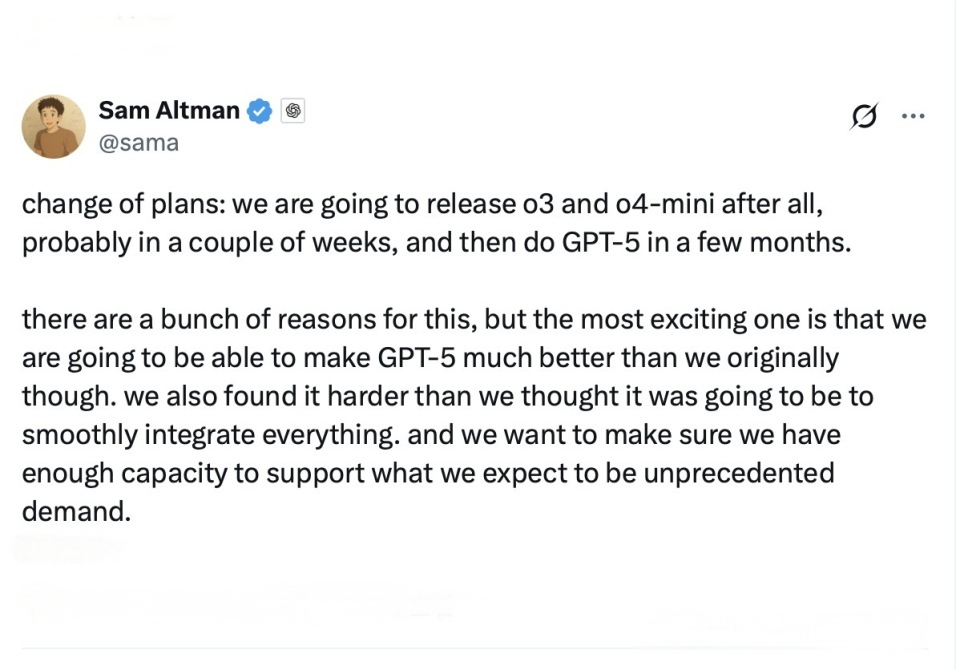FinGPT – An open-source large model in the financial domain that can predict stock price trends.
What is FinGPT?
FinGPT is an open-source large-scale pre-trained language model in the financial domain, leveraging natural language processing technology to drive financial innovation. Through Reinforcement Learning with Human Feedback (RLHF) technology, it can learn individual preferences and provide personalized investment advice. FinGPT supports a variety of financial tasks, such as sentiment analysis, relation extraction, headline classification, and named entity recognition. It utilizes a wide range of data sources, including financial news websites, social media, and financial regulatory agency websites.

The main functions of FinGPT
- Financial Sentiment Analysis: Utilize natural language processing technology to analyze the emotional tendencies of financial texts (such as financial news, social media comments, etc.), determining whether they are positive, negative, or neutral.
- Financial Relationship Extraction: Extract relationships between financial entities from text, such as partnerships, mergers, and acquisitions between companies.
- Financial Title Classification: Classify financial news headlines to determine their corresponding financial themes (such as stock market, monetary policy, industry dynamics, etc.).
- Financial Named Entity Recognition: Identify financial entities in text, such as company names, stock codes, and financial product names.
- Market Prediction: Predict market trends and stock price movements by combining historical data and real-time information.
- Personalized Investment Recommendations: Provide tailored investment advice by learning users’ investment preferences and risk tolerance.
- Data-Driven Model Training: Support low-rank adaptation (LoRA) and reinforcement learning techniques to quickly adapt to new data and reduce training costs.
- Multilingual Support: Handle financial text processing in multiple languages, covering global financial markets.
The Technical Principles of FinGPT
- End-to-End Framework: FinGPT adopts a complete end-to-end framework, consisting of four layers:
• Data Source Layer: Gathers real-time financial data from multiple channels to ensure comprehensive market coverage.
• Data Engineering Layer: Cleans, pre-processes, and extracts features from real-time data, addressing the challenges of high time sensitivity and low signal-to-noise ratio in financial data.
• LLMs Layer: Fine-tunes pre-trained LLMs using Low-Rank Adaptation (LoRA) and Reinforcement Learning with Stock Price feedback (RLSP) to adapt to the dynamic changes in the financial domain.
• Application Layer: Provides various financial applications, such as sentiment analysis, market prediction, and investment recommendations. - Pre-trained Models and Fine-Tuning: FinGPT is based on a pre-trained Transformer architecture and is trained on large-scale financial text data to learn rich financial knowledge and language patterns. The fine-tuning techniques include:
- Low-Rank Adaptation (LoRA): Reduces the number of trainable parameters significantly, lowering training costs. For example, the number of trainable parameters is reduced from 6.17 billion to 3.67 million while maintaining model performance.
- Reinforcement Learning with Stock Price Feedback (RLSP): Uses stock price changes as feedback signals instead of traditional human feedback-based reinforcement learning. This approach enables the model to learn in real-time how the market reacts to news and events, improving prediction accuracy.
- Real-Time Data Processing: The Data Engineering Layer of FinGPT supports real-time data processing, including:
- Data Cleaning: Removes irrelevant data, handles missing values, and normalizes text.
- Feature Extraction: Uses techniques such as TF-IDF, bag-of-words, or Word2Vec to transform raw data into inputs that machine learning models can understand.
- Sentiment Analysis: Classifies cleaned data into sentiment categories—positive, negative, or neutral.
The project address of FinGPT
- Github Repository: https://github.com/AI4Finance-Foundation/FinGPT
- arXiv Technical Paper: https://arxiv.org/pdf/2306.06031
Application scenarios of FinGPT
- Investment Analysis: FinGPT can analyze sentiment and fundamental information of investment targets such as stocks and funds, providing investors with a more comprehensive basis for decision-making.
- Market Research: By quickly processing unstructured data such as news and social media, FinGPT can identify market sentiment, helping investors and financial institutions stay ahead of market trends.
- Automated Quantitative Trading: FinGPT’s predictive capabilities can be integrated with quantitative trading strategies to optimize AI-based trading strategies, improving trading efficiency and returns.
- Intelligent Prediction: Leveraging the FinGPT-Forecaster module, users can access predictions of stock price trends. The feature is easily accessible through HuggingFace Spaces.
- Sentiment Analysis: FinGPT can accurately analyze sentiment from financial news and social media information, assisting in decision-making.
© Copyright Notice
The copyright of the article belongs to the author. Please do not reprint without permission.
Related Posts

No comments yet...



